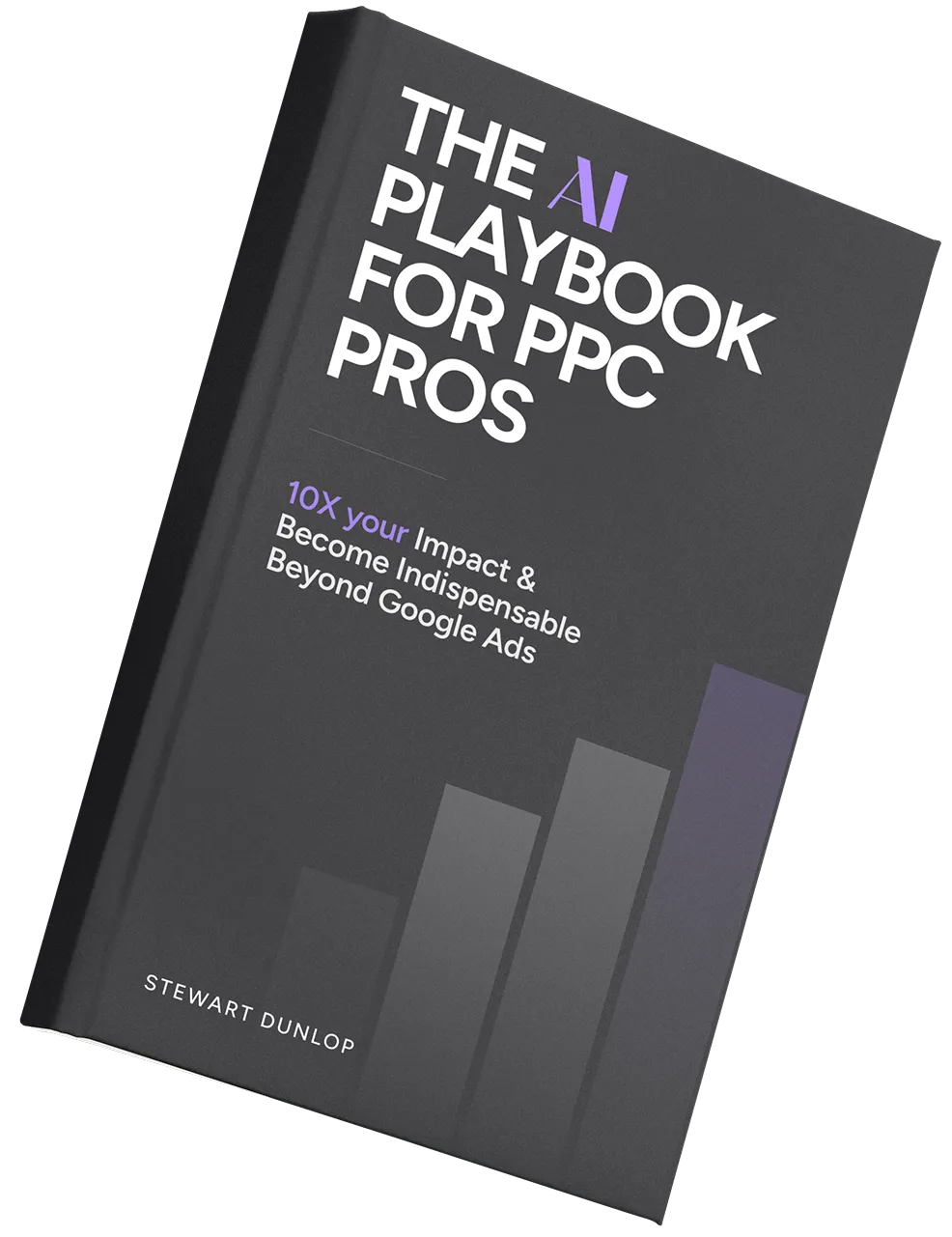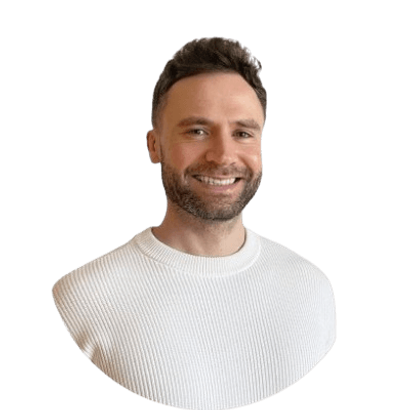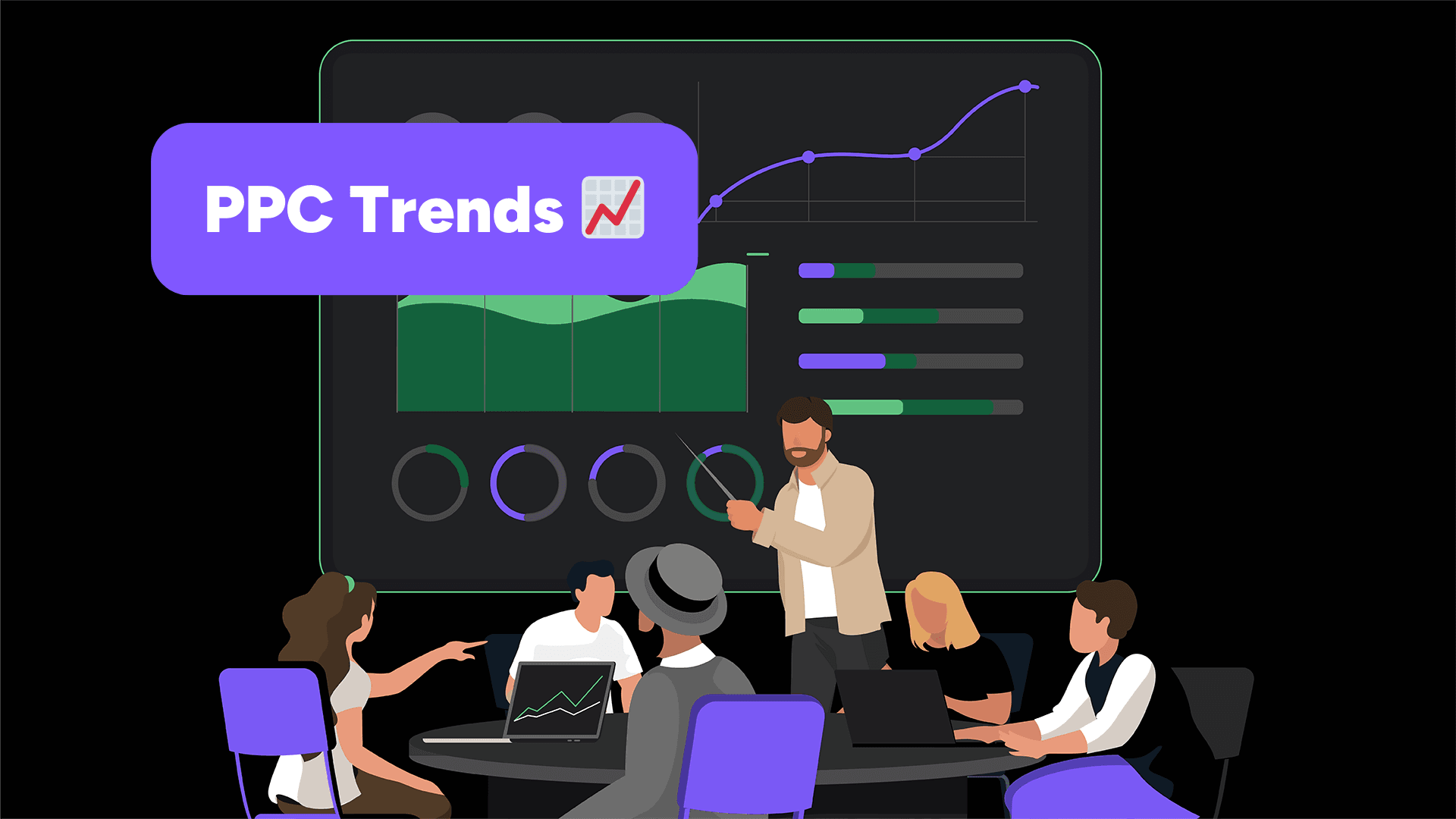
Pay Per Click (PPC) advertising is going through a transitional period, with many new trends taking place.
Much of this is caused by the move away from third-party cookies. This means advertisers can’t take advantage of the targeting options previously open to them.
But that’s not the only thing that is different nowadays. Other changes include available platforms, emerging technologies, and new ways to automate campaigns.
As a leading PPC agency, it’s our job to keep a close eye on the biggest PPC trends. This ensures we are well placed to give our clients an advantage.
Refresher: What Are PPC Ads?
PPC ads are when the advertiser shows ads on a platform and then pays for every click they generate. It’s an effective form of promotion because you can tie conversions to specific clicks.
In this article, we’ll focus mainly on PPC ads, but also talk about broader trends in paid digital advertising.
Here is a look at what we think are the most important trends.
12 PPC Trends to Track This Year
1) First-party (or zero-party) data
The move away from third-party cookies means it is harder to serve ads based on a user’s interests.
It’s no longer possible to track a user’s activity across the web and show them ads based on this data.
Companies that want to continue targeting their ads must use other options.
First-party data is one solution. This is data that is collected about users’ activities on the advertising platform.
Zero-party data is another option. This is data voluntarily provided by customers via questionnaires or surveys. You can feed this data back to PPC platforms to use in your campaigns.
2) Contextual advertising
Another way to target ads without using third-party cookies is through contextual advertising.
This is when you run ads within content related to your product. You target the ads based on what the content is about, rather than what you know about the reader.
An example of this is when a clothing brand runs targeted ads for its products on a website that creates fashion-related content. See an example of this in the screenshot below.
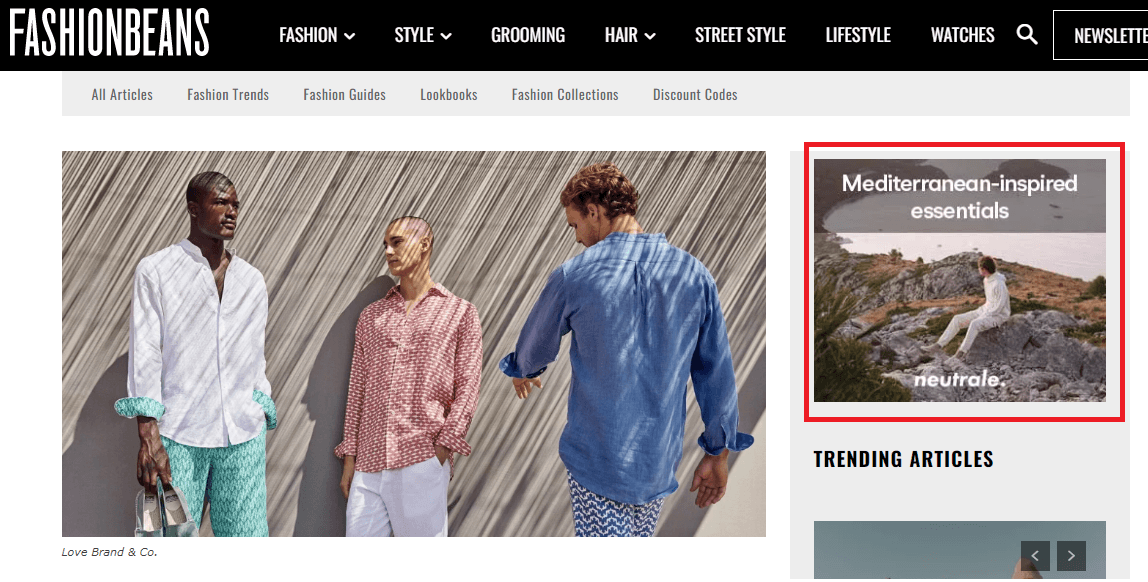
This form of advertising has been around for a long time. But modern solutions are more powerful than ever and help brands better connect their products with the right type of content.
3) More options for where to run ads
Google, Facebook, and Amazon have been the biggest players in PPC for a long time.
In 2021, estimates suggest these companies took in 64% of all digital ad spending. Advertisers in the U.S. spent around $211.2 billion on these platforms.
But there are more options than ever for advertisers who want to explore their choices beyond the big three.
Some of the other places where you can run ads include both search and social media platforms.
Here are some of the main alternatives:
Bing
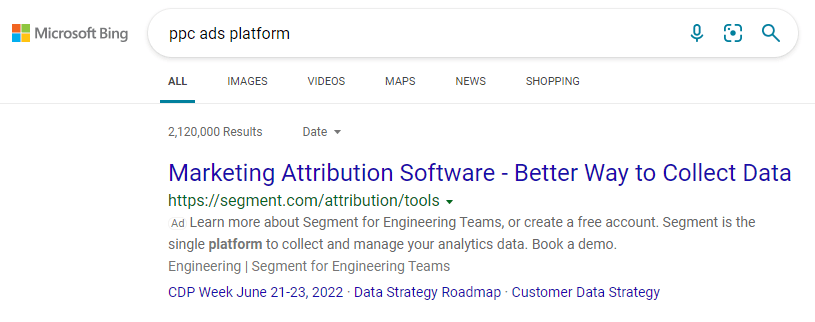
Bing Ads is the obvious choice for those looking to run search ads.
It’s the second largest search engine, handling over 14 billion monthly PC searches. This means there are many opportunities to reach your audience on the platform, even if not quite as many as Google.
We actually offer Bing PPC services to our customers, because it's still a hugely undervalued platform that can deliver incredible results & traffic from a very affluent demographic.
TikTok
TikTok has seen insane growth over the last few years, and its ad network is growing, too.
The platform has a variety of innovative ad types, such as branded effects and hashtag challenges. If your target audience uses TikTok, it’s worth testing some of these options.
We decided to launch our own TikTok ads agency to meet demand for advertisers who want exposure on the platform as well.
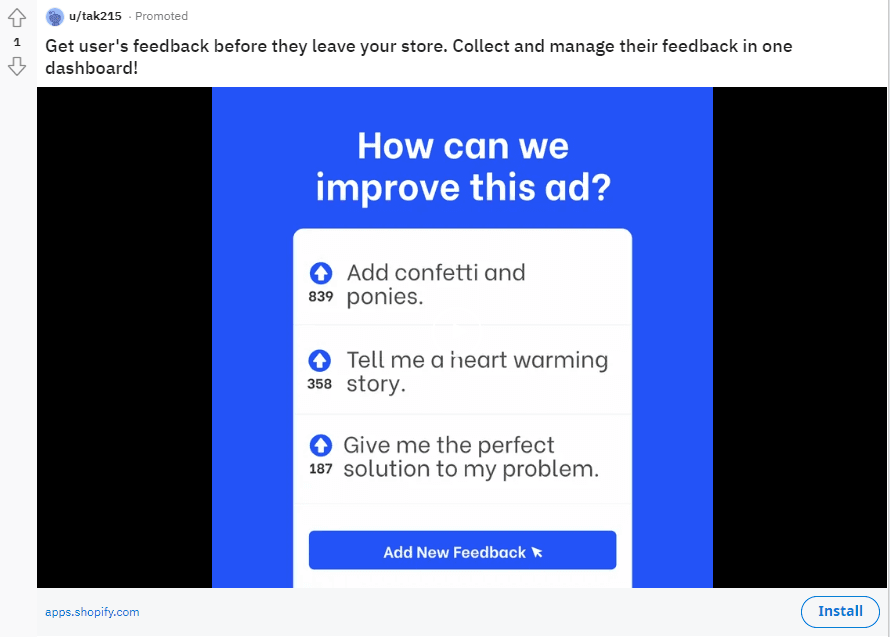
Reddit ads are native ads that appear within subreddits.
They are effective because you can choose to place your ads on the specific groups that your target audience is likely to visit.
Again, our agency offers Reddit ads to our clients.
Snapchat
Snapchat has a huge daily user base, and the company claims to reach 75% of millennials and Gen Z. This makes it an option worth exploring if you target these groups.
The other benefit of Snapchat ads is that you can start with as little as $5 per day, making it easy to begin testing the platform.
4) More automation
There are more ways than ever for brands to automate their PPC campaigns. These tools make it easy for people to get started with PPC ads by allowing them to run effective campaigns with minimal input.
Both Google and Facebook have options that let users completely automate campaigns. Users just choose a goal and then run ads based on this target.
The platforms use a smart bidding machine learning algorithm to analyze performance. It helps them choose the best versions of your ads, improve audience targeting, and even recommend budgets.
There are downsides to automated campaigns, and no platform is perfect. It’s important to manage your accounts and use these automated features alongside your expertise.
5) Other ad formats
Most digital advertising still comes via search, social, and video advertising platforms. But options outside this are growing.
For example, paid ads are becoming more accessible on podcast and audio platforms. Spotify’s Ad Studio makes it easy to set up audio ads.
Brands can get started with a minimum budget of just $250. And Spotify provides a suite of creative tools such as background tracks, voice actors, and professional audio mixing.
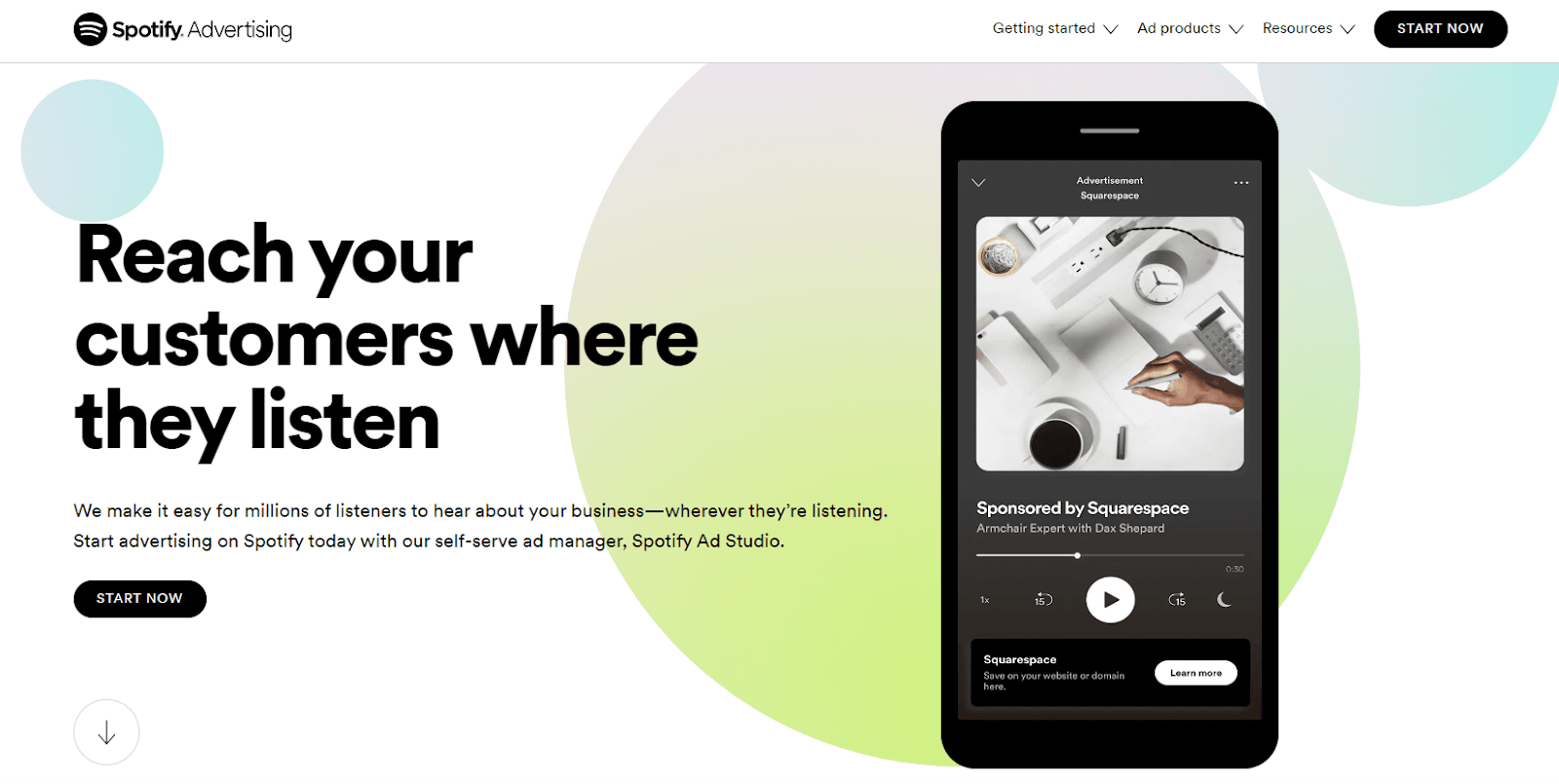
There are lots of options for advertising in newsletters too.
Platforms like LiveIntent simplify running programmatic ads on its network of email newsletters.
6) Google Performance Max – from platforms to people
Google Performance Max is Google’s newest campaign type, and it is set to make significant changes to how advertising works on the platform.
As Google is the biggest ad platform, it’s sure to change the way ad managers run PPC marketing campaigns.
Performance Max is a platform that automates ads based on your goals. It takes assets from your ad inventory and places them across all Google channels like YouTube, Search, Display, and Discover.
This means the focus is on people rather than platforms. Your campaigns will be free to target the right people wherever they are, rather than confine your ads to a single location.
For more information, check out our Performance Max Vs. Standard shopping guide.
7) Offline conversion tracking
Conversion tracking is easy for online businesses. Simply track whoever clicks on your ad and then see if they buy your product later.
But, what about companies with an offline presence? If these brands can’t also track conversions, they won’t be able to judge the effectiveness of their campaigns.
This is where offline conversion tracking helps.
Both Google and Facebook have solutions to help brands track how their campaigns influence offline sales. Google even rolled out an enhanced version of its offline tracking system earlier in 2022.
With Facebook, you just have to collect customer information, such as an email address, at the point of sale.
The company will then try to match this data to an account. If it finds one, it can assess whether the person saw your ad on the platform within a predefined period.
On Google, you track two things:
- The Google Click ID (GCLID).
- Information about the clicker gathered through post-click forms on your website.
You can then upload this information into Google Ads to see which campaigns lead to sales.
Neither Facebook nor Google’s solutions for offline tracking are as streamlined as for online conversions.
There are also obvious issues with each format. For example, customers may provide you with an email not associated with their Facebook account.
But, offline tracking can still provide insight into which parts of your campaigns lead to sales.
8) Digital billboard ad campaigns
Billboards may not be what you think of when you picture digital advertising.
But the rise of digital billboard advertising platforms brings many of the features that make digital advertising great to the outdoor space.
Specifically, these tools make advertising on billboards easy, accessible, and testable.
TPS Engage has a network of over 300,000 connected billboards advertisers can bid on.
The company charges per hour with the exact price depending on the time, location, and more. The platform is self-serve so getting started is easy. Prices start at just $1 per hour.
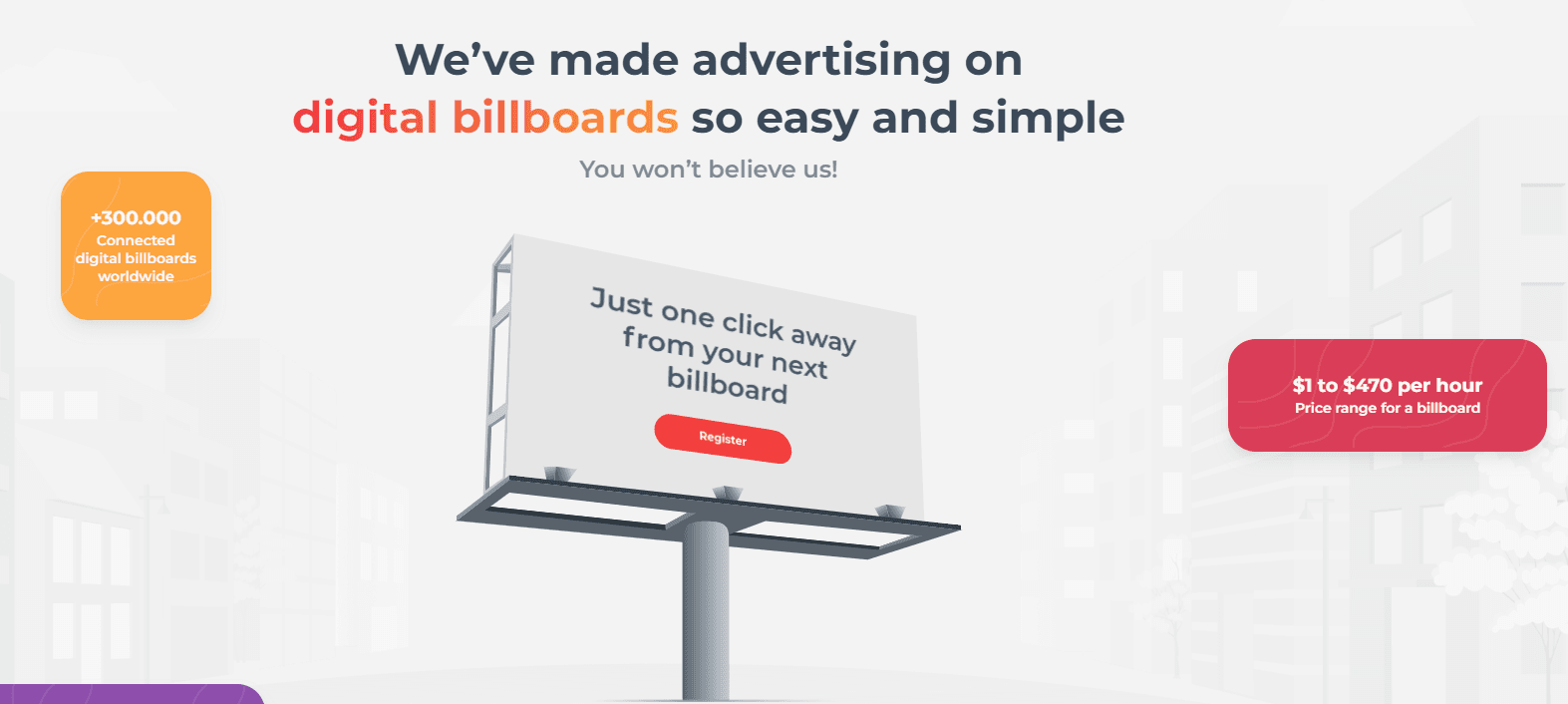
9) Reduced focus on clicks
Analyzing clicks has been central to measuring the performance of PPC campaigns for years. But this might be harder to do in the future due to the way the platforms work.
For example, video or audio ads on platforms like YouTube or Spotify can effectively generate brand awareness and sales even if they don’t lead to clicks.
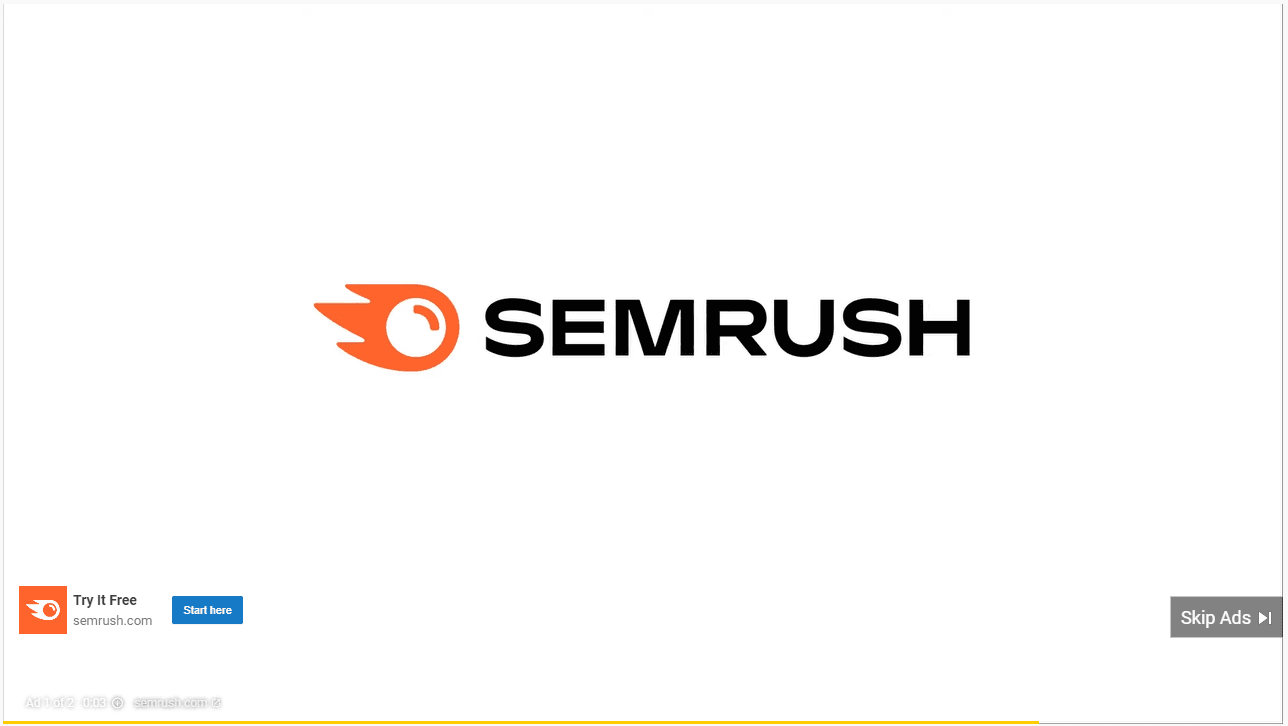
And while it was previously possible for advertisers to avoid these platforms, the introduction of multi-platform advertising options like Google Performance Max makes it harder to do.
Advertisers will instead have to use clicks alongside other metrics to track their campaigns’ success.
10) More diversification in PPC campaigns
Having multiple options for advertising is nice, but what do you do if you see success on a single platform?
It may seem counterintuitive to not double down on a platform that is working. But it is beneficial to spend at least some of your ad budget experimenting with other types of ads.
Nothing is guaranteed in digital marketing. And the PPC strategies that work today might not work tomorrow.
All it takes is an increase in ad costs for a campaign to go from profitable to losing money. If you rely on ads for sales, this will impact your entire business.
We think that this year, advertisers will look to add at least some diversification to their PPC advertising strategies.
Even if it’s just a small part of your overall budget, it helps to have an idea of how other platforms work, should the worst happen.
And who knows, you may even discover a new, more effective channel.
11) Track future tech
Emerging tech like Augmented reality (AR), Virtual Reality (VR), the Metaverse, and Web 3.0 are still small players in digital advertising.
These tools tend to have relatively limited audiences compared to other platforms. Starting advertising on these platforms can be challenging.
But, these technologies are progressing. And even if you don’t plan to advertise on them immediately, it is still worth keeping up-to-date with how advertising on these platforms is progressing.
Snapchat already lets advertisers run AR ads that use the user’s smartphone camera to overlay digital elements into real life.
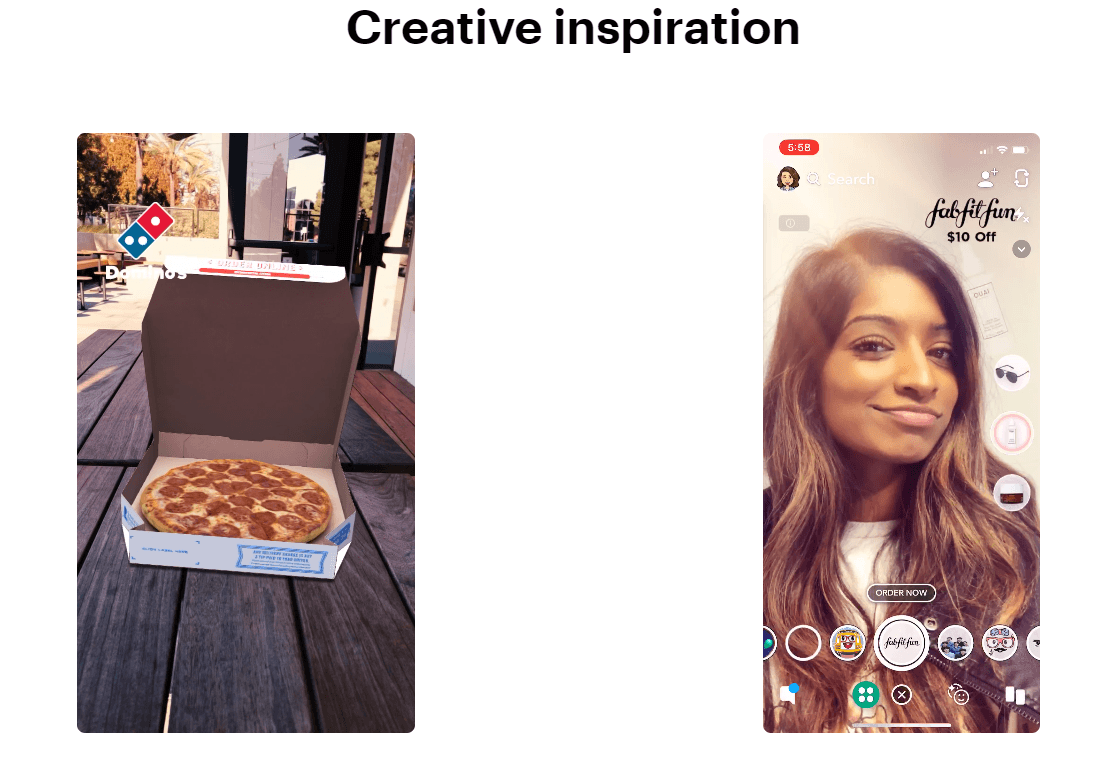
Meta (the company behind Facebook) has begun testing ads inside its Oculus headset.
However, there was backlash aimed at its initial attempts to put ads inside the shooter game, Blaston. This resulted in the game maker pulling out of the experiment.
12) Refocus on the basics
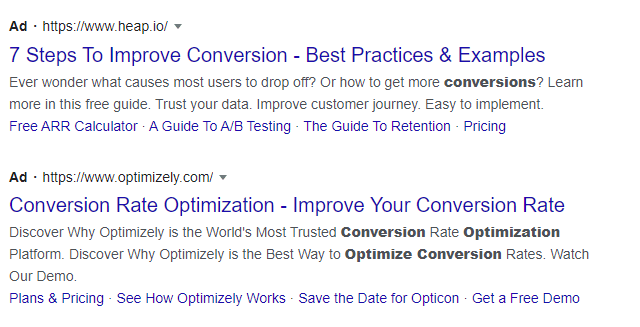
All the focus on new platforms, automation, and targeting options means it’s easy to lose sight of the basics.
Doing this is a mistake—chasing optimization through these trends will only work once you have all the basics in place.
If you’re struggling to generate results, consider refocusing on things like:
- Your offer: Make sure your offer is attractive to customers. Consider testing changes to optimize your campaign.
- A streamlined funnel: Ensure people who click on your ad are greeted with a streamlined post-click funnel.
- Site performance: Check that your site loads quickly and looks great on different browsers, mobile devices, and platforms.
- Product: Changing your product typically isn’t easy, but consider how to position it to make it more attractive to your target audience.
- Ad assets: Ensure your ad assets portray your product in an attractive way to potential customers. Consider elements like images, CTAs, headlines, and body copy.
The basics of PPC haven’t changed over the years. Get the above elements right, and you’ll set yourself up for maximum success no matter which platforms you use.
Consider Exploring These PPC Trends
These trends are all things that are worth keeping track of.
By highlighting them in this list, we aren’t saying that you should drop everything and start following them blindly.
But if you’re looking for opportunities to optimize your ad spend, these are good places to start.
And who knows, you might find that they help improve your current PPC strategy.
